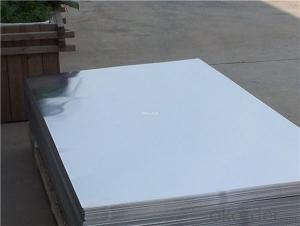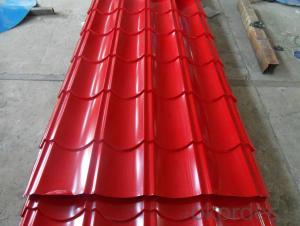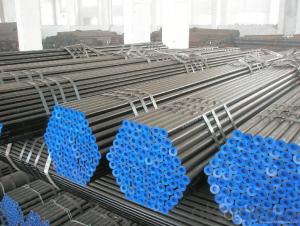Best Solar Inverter Battery
Best Solar Inverter Battery Related Searches
Best Paint For Stainless Steel Best Inverter For Solar System Solar Panel Inverter For Home Best Inverter For Solar Panels Best Solar Inverter For Rv Bending Machine For Pvc Profiles Micro Inverter For Solar Panel Best Glue For Aluminum Foil Pvc Foil For Mdf Plastic Wall Coverings For BathroomsHot Searches
Type Of Inverter For Solar Price Of Shipping Containers For Sale Types Of Inverter For Solar Used Sandwich Panel For Sale Bags Of Cement For Sale Pvc Chairs For Sale Tilt Panel Props For Sale Types Of Temporary Side Panels For Cement Deck Cost Of Awnings For Decks Type Of Scaffolding With Pdf Price Of Scrap Stainless Steel Price Of Stainless Steel Scrap Price Of Stainless Steel Type Of Stainless Steel Best Solar Inverter In China Types Of Stainless Steel Grades Types Of Stainless Steel China Aluminum Coil Factory pvc pipe manufacturers in usa Sandwich Panel Price In IndiaBest Solar Inverter Battery Supplier & Manufacturer from China
Okorder.com is a professional Best Solar Inverter Battery supplier & manufacturer, offers integrated one-stop services including real-time quoting and online cargo tracking. We are funded by CNBM Group, a Fortune 500 enterprise and the largest Best Solar Inverter Battery firm in China.Hot Products
FAQ
- One advantage of using a transformerless solar inverter is increased efficiency. Transformerless inverters have a higher efficiency rating compared to inverters with transformers, which means more of the solar energy is converted into usable electricity. Additionally, transformerless inverters are lighter and more compact, making them easier to install and transport. They also tend to have a longer lifespan and require less maintenance compared to inverters with transformers.
- Yes, a solar inverter can be used in conjunction with a power optimizer. In fact, this combination is commonly used in solar power systems to optimize energy production. The power optimizer helps maximize the performance of each individual solar panel by adjusting the voltage and current levels, while the solar inverter converts the DC electricity produced by the panels into usable AC electricity for the grid. Together, they enhance the overall efficiency and output of the solar system.
- Yes, there are electromagnetic interference (EMI) concerns associated with solar inverters. Solar inverters convert the direct current (DC) generated by solar panels into alternating current (AC) that can be used to power homes and businesses. During this conversion process, high frequency switching occurs, which can generate EMI. EMI refers to the disturbance caused by electromagnetic radiation from electronic devices, which can interfere with the proper functioning of other electronic devices in close proximity. In the case of solar inverters, the EMI generated can potentially affect nearby electronic equipment, such as radios, televisions, or communication systems. To mitigate these concerns, solar inverter manufacturers often comply with relevant EMI standards and regulations. These may include limits on the amount of electromagnetic radiation emitted by the inverters and the use of shielding materials to reduce EMI. Additionally, some inverters incorporate filters or other EMI suppression techniques to minimize the interference created. It is important for solar installers and system designers to consider EMI concerns when selecting and positioning solar inverters. Proper installation and grounding techniques can help reduce EMI issues. Additionally, local regulations and guidelines should be followed to ensure compliance with EMI standards and to minimize potential interference with other electronic devices. Overall, while there are EMI concerns associated with solar inverters, proper design, installation, and adherence to relevant standards can effectively mitigate these concerns and ensure the smooth operation of both the solar system and other electronic equipment in the vicinity.
- Yes, there are government incentives available for solar inverters. These incentives vary by country and region, but often include tax credits, grants, and rebates to encourage the adoption of solar energy. It is recommended to check with local authorities or consult a solar energy professional to determine the specific incentives available in a particular area.
- How the output voltage of the PV inverter and the grid-connected voltage are determined
- Inverter is the DC power (battery, battery) into alternating current (usually 220V, 50Hz sine wave). It consists of inverter bridge, control logic and filter circuit. Widely used in air conditioning, home theater, electric wheel, power tools, sewing machines, DVD, VCD, computer, TV, washing machine, range hood, refrigerator, video recorders, massage, fan, lighting and so on. In foreign countries
- The main components of a solar inverter include the DC to AC inverter, MPPT (Maximum Power Point Tracking) controller, safety features such as circuit breakers and fuses, and monitoring systems for performance tracking.
- Shade significantly impacts the performance of a solar inverter by reducing the overall energy production. When a solar panel is partially shaded, it creates multiple voltage levels throughout the array, leading to a decrease in the overall power output. This shading effect causes the inverter to work inefficiently as it struggles to optimize energy conversion. Consequently, shade can significantly hinder the performance and efficiency of a solar inverter.
- Yes, a solar inverter can be used with a smart home automation system. Many solar inverters today come equipped with built-in communication capabilities, such as Wi-Fi or Ethernet connectivity, which allows them to be integrated into a smart home automation system. This integration enables homeowners to monitor and control their solar power production and consumption remotely through a smartphone app or a central control panel. With a smart home automation system, users can track real-time energy generation, adjust settings, and receive notifications about system performance or any issues that may arise. This integration not only enhances the convenience and efficiency of managing solar power but also allows for better optimization and synchronization with other smart devices and appliances in the home.















































